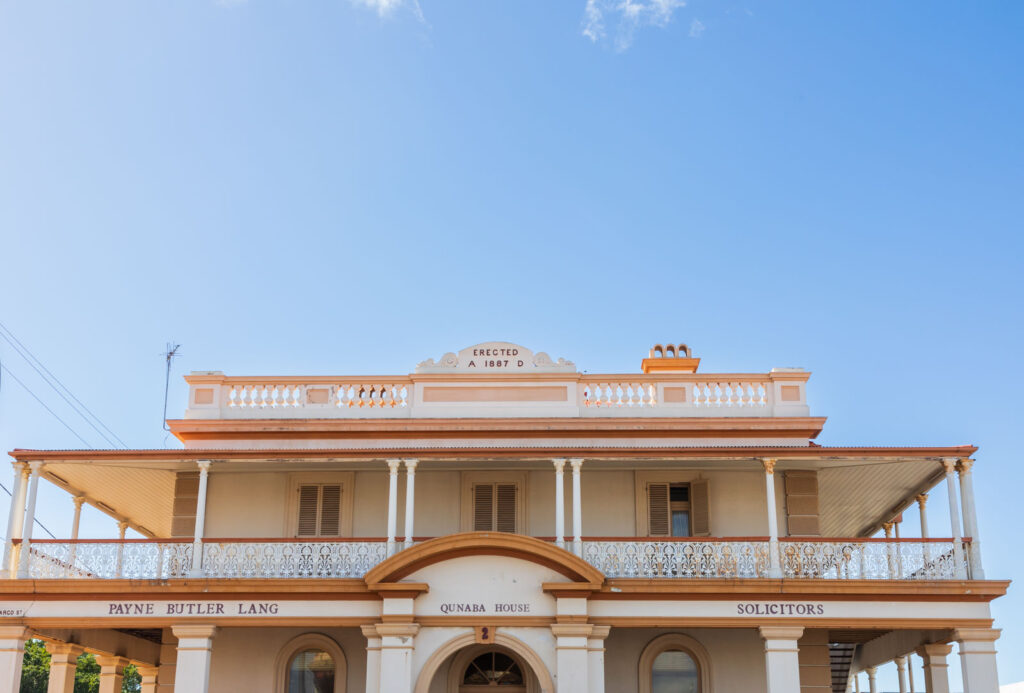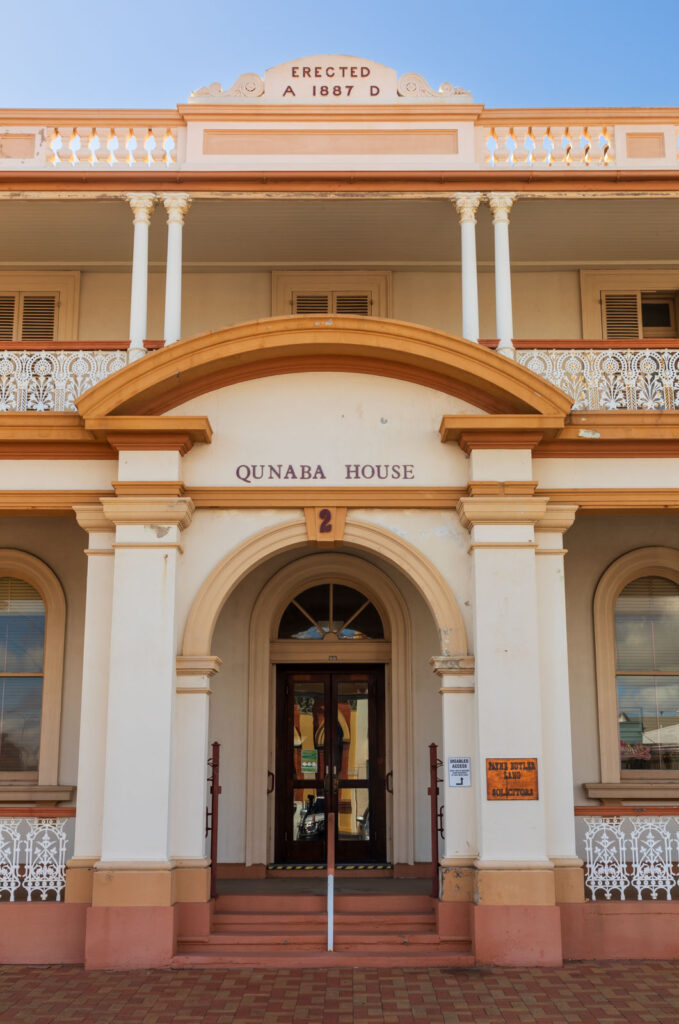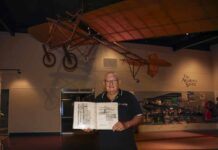
The history of Bundaberg is intertwined with the story of its financial institutions, particularly the Queensland National Bank.
Erected in 1887, the former Queensland National Bank building played a crucial role in the town's financial and government facilities, and its involvement in the sugar industry set it apart from other banking institutions.
It is listed among Bundaberg Regional Council's Local Heritage Places.
The bank was the third to establish premises in Bundaberg and came after the Bank of New South Wales and the Commercial Bank.
Its construction on the corner of Quay and Targo Streets was a testament to its prominence in the growing town.
Designed by the renowned Queensland architect, FDG Stanley, the bank's building symbolised the financial aspirations and prosperity of the region in the late 19th century.
The Queensland National Bank's significance went beyond conventional banking operations.
Unlike other financial institutions, it actively involved itself in the sugar industry, establishing deep connections with its commercial aspects.
This distinctive approach set it apart, making it a pillar of the sugar industry in Bundaberg.
The bank's involvement in the sugar industry became further evident through strategic acquisitions.
After the death of Robert Cran, the bank assumed ownership of the Millaquin Sugar Mill in 1896, along with the Doolbi and Yengari juice mills.
Furthermore, the bank acquired the Mon Repos plantation and mill, renaming it Qunaba, taking inspiration from its own initials.
The Waterview and Oakwood plantations were also purchased, solidifying the bank's position as a significant player in the sugar industry.

In 1911, the Queensland National Bank took a bold step forward by forming a limited liability company known as the Millaquin Sugar Company.
This move allowed it to exercise more control over the sugar industry's operations and further solidified its influence in the Bundaberg Region.
The prominent corner building still stands proud
The Queensland National Bank's history in Bundaberg remains an essential part of the town's heritage and the building itself, now known as Qunaba House, has been well preserved.
Its role as a financial institution with a vested interest in the sugar industry sets it apart from other banks of its time.
As an architectural gem, the former Queensland National Bank building still stands as a testament to the region's rich history and the town's flourishing trade in the late 19th century.








so what was the ultimate fate of the QNB and why did that happen?